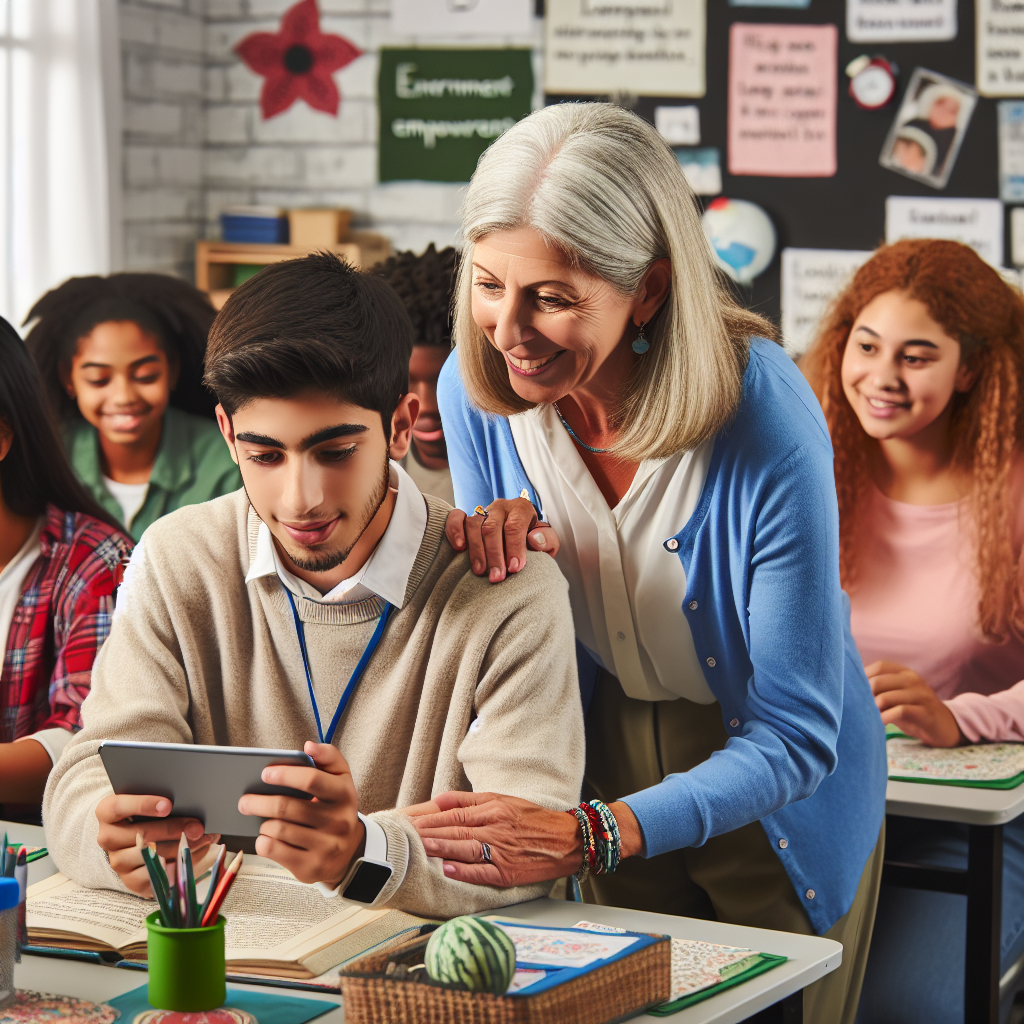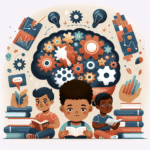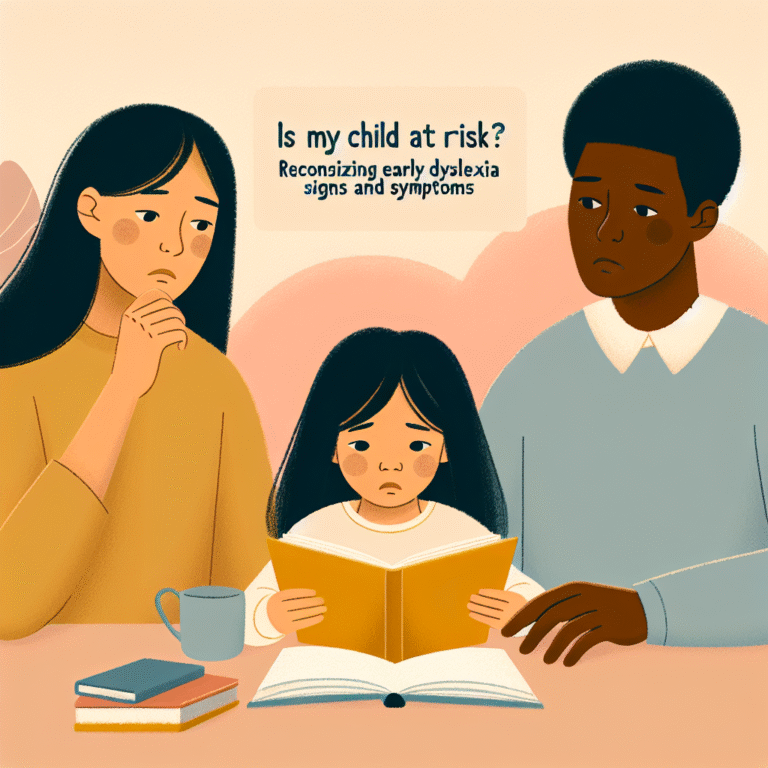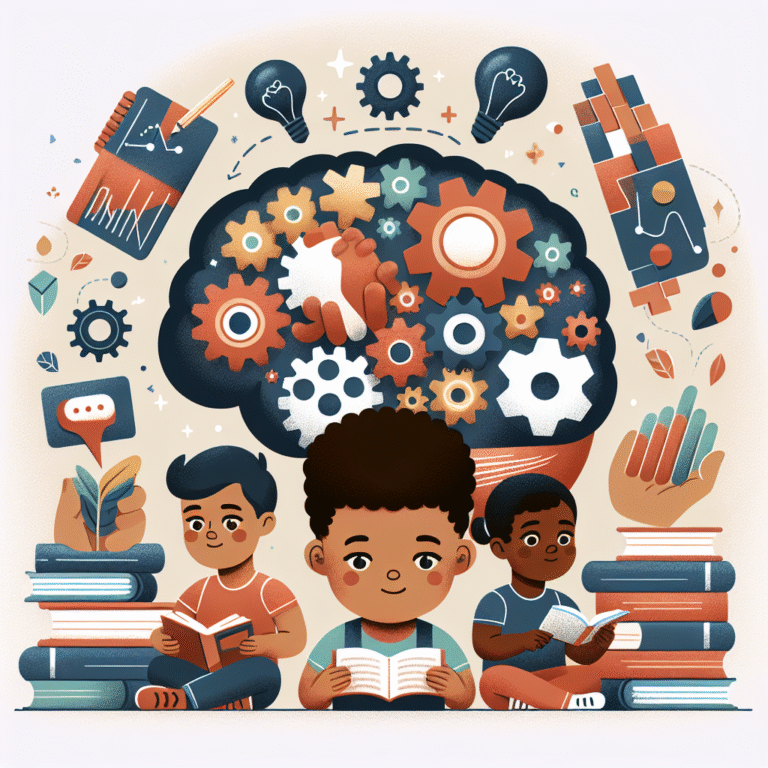
The Essential Guide to Engagement and Empowerment: Classroom Insights for Teaching Learning-Disabled Students
Introduction
Teaching students with learning disabilities presents unique challenges, yet it also offers incredible opportunities for growth, creativity, and transformation. Engagement and Empowerment: Classroom Insights for Teaching Learning-Disabled Students can profoundly influence the academic and social success of these learners. Understanding how to effectively engage and empower students creates a vibrant and inclusive classroom atmosphere.
In this article, we’ll explore the significant benefits of engagement and empowerment in the classroom. We will discuss proven strategies, offer insightful case studies, and share actionable tips that educators can implement. The goal is to create an enriching environment where every student feels valued, engaged, and empowered to excel.
Understanding Learning Disabilities
What Are Learning Disabilities?
Learning disabilities are neurological disorders that affect how individuals receive, process, or express information. Common types include:
- Dyslexia: Difficulties with reading and language processing.
- Dyscalculia: Challenges with mathematics and number-related concepts.
- Dysgraphia: Issues with writing and fine motor skills.
- Attention Deficit Hyperactivity Disorder (ADHD): Impacts focus, self-control, and organizational skills.
It’s essential for educators to recognize that learning disabilities do not reflect a student’s intelligence or potential. Instead, they necessitate tailored teaching approaches and support systems.
The Importance of Engagement and Empowerment
Engagement refers to the level of interest, motivation, and commitment that students exhibit towards their learning. In contrast, empowerment involves giving students the tools, confidence, and autonomy to take charge of their educational journey.
Engagement and empowerment are critical because:
- They build self-esteem and resilience in students.
- They promote a love for learning and lifelong curiosity.
- They encourage a sense of belonging and community in the classroom.
Strategies for Engagement and Empowerment
1. Create a Supportive Environment
A warm, inclusive classroom does wonders for engaged learning. Start by:
- Establishing Trust: Create a safe space where students feel comfortable expressing their thoughts, fears, and questions.
- Using Positive Reinforcement: Recognize and celebrate achievements, no matter how small, to build confidence.
Case Study: Ms. Johnson’s Supportive Classroom
In a suburban middle school, Ms. Johnson transformed her classroom by incorporating community-building exercises at the start of each lesson. These activities included sharing successes from the previous week and participating in team-building games. This approach resulted in higher engagement levels and improved peer relationships.
2. Tailor Instructional Methods
Understanding diverse learning styles is key for engagement. Consider:
- Multisensory Learning: Use visual, auditory, and kinesthetic techniques to reach all learners. For example, combining reading with storytelling and acting out scenes.
- Flexible Grouping: Vary how students work (individually, in pairs, or in larger groups) to keep the learning dynamic and active.
Table 1: Learning Strategies for Different Disabilities
| Learning Disability | Recommended Strategies |
|---|---|
| Dyslexia | Use audiobooks, visual aids |
| Dyscalculia | Incorporate manipulatives, games |
| Dysgraphia | Allow typing, provide graphic organizers |
| ADHD | Use timers, break tasks into chunks |
3. Foster Student Voice
Empowering students begins with listening to them. To enhance engagement:
- Offer Choices: Let students choose projects or reading materials that interest them.
- Encourage Feedback: Frequently ask for student opinions on lessons and adapt accordingly.
Case Study: Student-Led Conferences
At Lakewood High School, teachers implemented student-led conferences. Students prepared presentations about their learning experiences and goals. This initiative empowered students to take ownership of their education and significantly increased engagement in their academic journeys.
4. Leverage Technology
Incorporating technology can enhance engagement for learning-disabled students. Use tools such as:
- Interactive Apps: Educational apps designed for specific learning disabilities can provide personalized practice.
- Online Collaboration Platforms: Tools like Google Classroom allow students to work together, share resources, and stay organized.
Case Study: The Tech-Savvy Classroom
In a high-tech middle school, Mrs. Alvarez integrated a range of digital tools, from interactive whiteboards to educational software specifically designed for students with learning disabilities. As a result, not only did engagement soar, but students also showed significant gains in academic performance.
5. Inclusive Assessment Practices
Traditional assessments can often disadvantage students with learning disabilities. Consider alternative evaluation strategies:
- Formative Assessments: Regularly check for understanding through exit tickets, peer discussions, or quick quizzes instead of summative tests.
- Personalized Goals: Set individual learning objectives based on each student’s strengths and areas for improvement.
Table 2: Assessment Techniques
| Assessment Type | Features |
|---|---|
| Formative Assessments | Ongoing feedback, diverse formats |
| Project-Based Learning | Real-world applications, student-driven |
| Self-Assessments | Encourages reflection, builds metacognition |
The Role of Parental Involvement
Building Home-School Partnerships
Parental involvement is instrumental in student engagement and empowerment. Foster collaboration by:
- Regular Communication: Keep parents informed about their child’s progress and challenges.
- Workshops: Offer sessions to equip parents with strategies for supporting learning at home.
Case Study: The Collaborative School
At Oakridge Academy, the staff organized monthly workshops for parents centered around learning disabilities. This initiative resulted in increased parental involvement and support at home, significantly boosting student motivation and performance at school.
Conclusion
Engagement and empowerment are not mere buzzwords; they are foundational elements that can transform the educational experiences of students with learning disabilities. By utilizing strategies like creating supportive environments, tailoring instructional methods, fostering student voice, leveraging technology, and promoting parental involvement, educators can make a remarkable impact.
The journey to empower every student is ongoing. It requires dedication, creativity, and empathy to ensure that all learners feel engaged and valued in their classrooms. Remember, the ultimate goal is to create a space where every student is not only given the tools to succeed but is also inspired to pursue their passions and potentials.
FAQs
1. What are some signs that a student may have a learning disability?
Signs can include difficulties in reading, writing, or math; trouble following instructions; and challenges with attention or organization.
2. How can I support a student with dyslexia?
Use multisensory approaches, provide audiobooks, and allow extra time for reading tasks.
3. Can technology aid students with learning disabilities?
Yes, various educational tools and software can support personalized learning and address specific challenges.
4. What is an Individualized Education Plan (IEP)?
An IEP is a legal document that outlines special education services tailored to meet the individual needs of a student with a disability.
5. How can I encourage student participation in class?
Implement collaborative activities, use positive reinforcement, and create a no-fault environment where mistakes are seen as learning opportunities.
6. Why is parental involvement important in the education of students with learning disabilities?
Parental involvement enhances communication between home and school, thereby creating a consistent support system for students which is critical for their success.
By prioritizing Engagement and Empowerment: Classroom Insights for Teaching Learning-Disabled Students, we pave the way for a more inclusive and effective educational system, allowing all students to unlock their full potential.

















